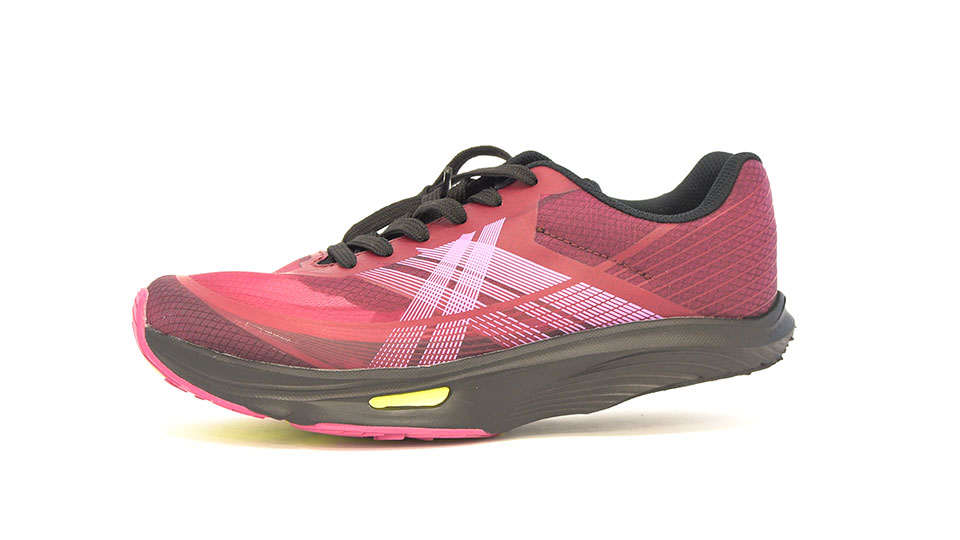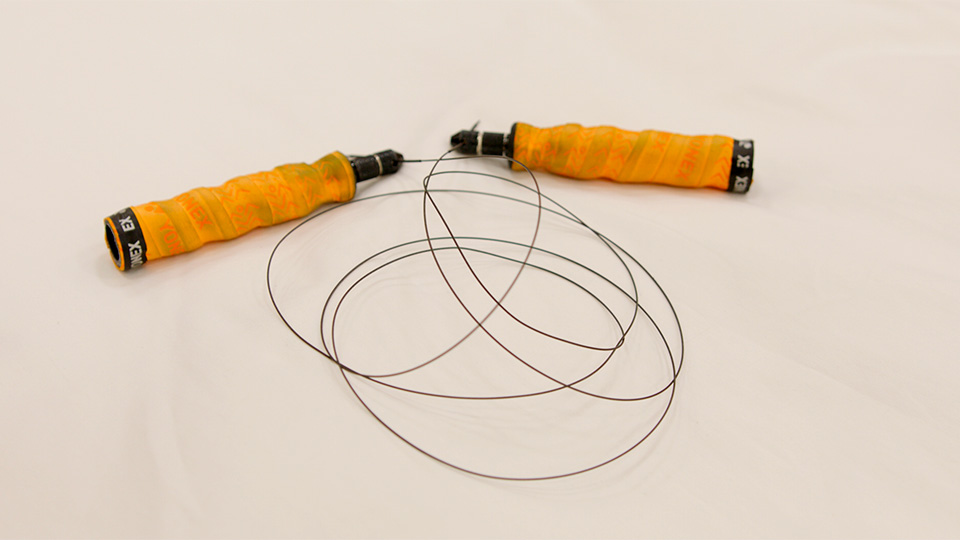Moriguchi’s passion for jumping rope was piqued as a student at Kyoto University. He joined the college’s skipping club, he says, simply because he liked to jump. But he was soon obsessed, practicing up to six hours a day.
After college he enrolled in graduate school to study energy science. But when he wasn’t hitting the books, he was practicing his jumps or taking part in international competitions.
In 2017, he wrote his name into the Guinness World Record books for the most revolutions in a single skip. He became the first person to manage seven “unders.”
At the time, Moriguchi was working as a researcher for a textile company. But he couldn’t shake the tug of a different ambition. He quit his career at the age of 28 to commit fully to his goal of eight unders.
“It was now or never,” he says. “Eight would require extraordinary physical strength. I’d never be able to do it, or even try, when I’m older.”
Deceptively simple
The technique for multiple unders sounds simple: stay in the air for as long as possible, and turn the rope as fast as you can.
But to pull this off, you need an exceptional ability to stay in the air mid-jump, or what’s known as hang time. Moriguchi turned to Japanese shoemaker Achilles for help. They worked together to design a pair of shoes that could give him an edge.
The firm shaved off some of the heel, since Moriguchi doesn’t use that part of his foot, and developed an impact-absorbing material for the mid-soles, where he lands. After more than ten prototypes, they settled on the perfect design.

Moriguchi also worked with Tokyo Rope, a cable cord maker, to design custom ropes. The company supplied cables for the Tokyo Skytree but had never before made skipping ropes.
Competitive jumpers usually opt for cords made of metal, rather than hemp or nylon, because low air resistance and strong centrifugal force mean you can whip them through the air faster.
Tokyo Rope conducted a series of trials before settling on tungsten as the optimal material. But Watanabe Shigeki, who was in charge of developing the rope, says it was still difficult to find the Goldilocks measurement—a rope that was neither too heavy nor too light. Eventually, with Moriguchi’s input, they determined that 0.87 millimeters was the perfect thickness.

November 21 was the date for his latest record attempt. The venue was a gymnasium in Nagoya, and the audience included staff from Tokyo Rope and Achilles, as well as children Moriguchi had been teaching to jump.
His movements were too fast for the naked eye and the spectators could only follow the sound of the rope. But a slow-motion replay showed he had fallen just short. He tried again, and again, and on the fourth attempt let out a cry of frustration: “So close!” His foot landed on the rope as it was about to go under an 8th time. Video replay showed he would have made it if his hang time had been just 0.012 seconds longer.
He made 28 attempts on that day, but was ultimately left with only scars on his hands and feet to show for it.
“I was in good condition, and I had a good rope and shoes but I lacked the ability,” he says, then vows to improve and come back for another shot.
Moriguchi now spends his time teaching elementary school children to jump rope while he prepares for another crack at the record, analyzing his jumps to find tiny ways to improve.
“If I can get all the factors just right, the timing of the jump, the speed of the rope, I can definitely do it,” he says.


